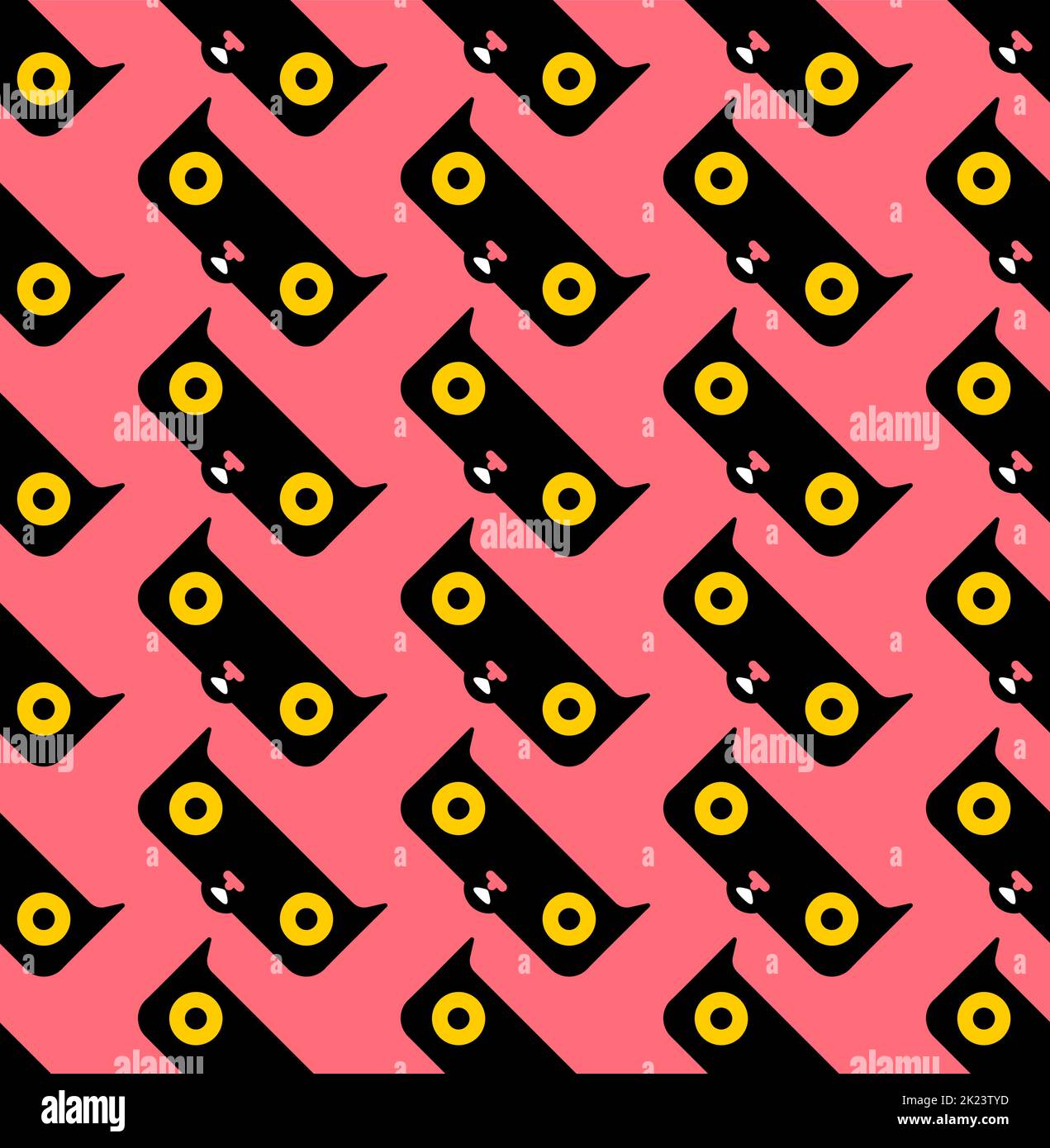

The bullish flag is used to identify a good entry point for long positions, which makes it one of the most popular chart patterns for day trading. Volume will decrease during the consolidation phase before surging again after the breakout. You should also look for an increase in trading volume that accompanies the initial increase in price. To identify a bullish flag, search for a flagpole followed by a consolidation, then monitor it for the upcoming breakout. That said, keep in mind that reversals can always happen. Breakout : the point where the price usually rises to higher highs than the initial uptrend.The consolidation phase precedes a new bullish trend signaled by the breakout. In a bull flag, prices are trending downward. Consolidation : the period during which traders are indecisive and prices swing mildly within two parallel trend lines in a downward trend, thus creating the shape of a flag.Flagpole : the initial uptrend serving as the ‘pole’ of the flag.Bullish flagĪs you can see in the image, this pattern consists of three parts: It’s a continuation pattern, meaning that the observed trend will continue for a certain time, and resembles a flag on a pole. The flag pattern is one of the most common patterns in day trading. Now, let’s jump into the five day trading patterns you should track in Tradervue. Reversal : when the price of a security changes its direction from the upside to the downside, or vice versa, forming a new trend.Traders typically for a breakout to take place to enter or exit a position. Breakout : when the price of a security moves above a resistance level or below a support level, with increasing volume.At this level, there is enough demand to prevent the price from falling further, unless fundamental factors change things. Support : the price point that a security rarely moves below for a given period of time.This means many traders choose to sell at this level. Resistance : the price point that a security has difficulty moving above over a given period of time.To successfully identify the patterns we’re about to explain, you need a keen understanding of Japanese candlesticks as well as the concepts of resistance and support, breakouts and reversals. 5 Day Trading Patterns to Track in Tradervueĥ Day Trading Patterns to Track in Tradervue.
#Stock patterns how to
How to Track Day Trading Charts in Tradervue.By learning how to identify those patterns, you will improve your ability to judge when to enter or exit a trade, and therefore improve your overall performance. So in this post, we’ll show you 5 day trading patterns you should track in Tradervue. But because there are so many of them, it’s easy to get lost amidst all the different names and shapes. Being able to observe and draw these patterns on your charts is essential for profitable day trading. One of the most powerful tools in their arsenal are chart patterns that hint at potential buy or sell signals. Day traders rely on technical analysis to identify short-term opportunities.


 0 kommentar(er)
0 kommentar(er)
